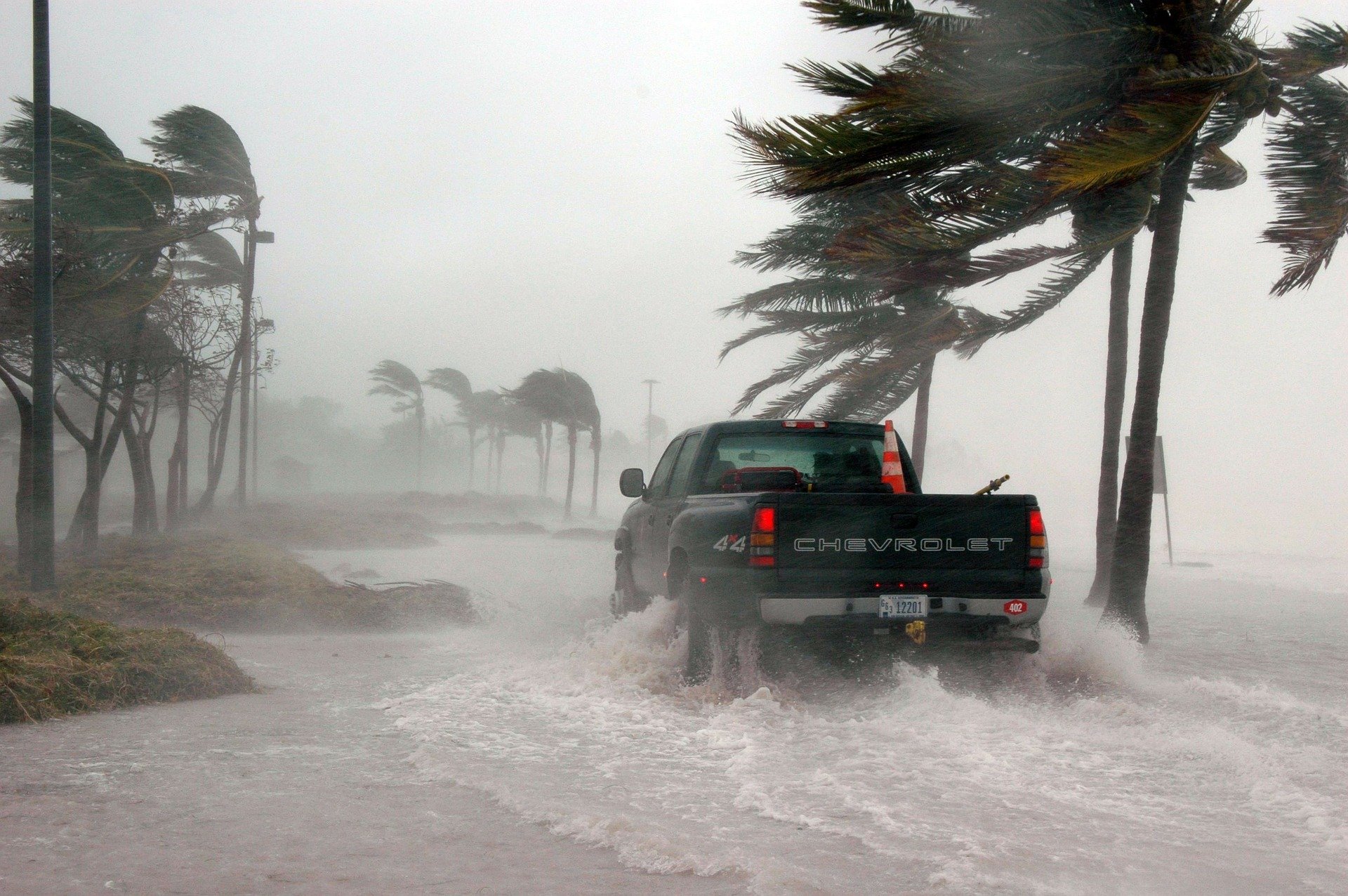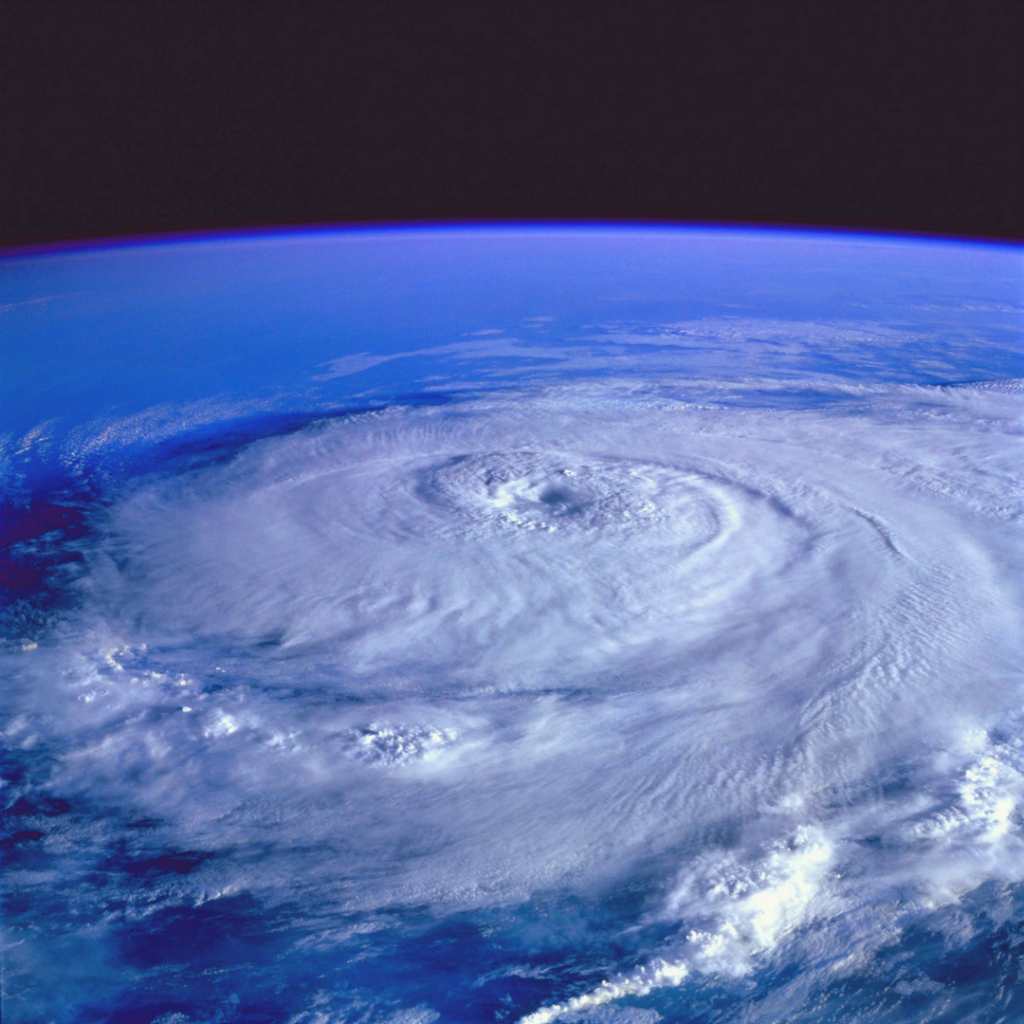
The Atlantic hurricane season officially begins June 1st, running through November 30th. Forecasters at the National Oceanic and Atmospheric Administration’s (NOAA’s) Climate Prediction Center are predicting that this year’s season will have above-average activity — which would make it the seventh consecutive above-average hurricane season. NOAA is forecasting a likely range of 14 to 21 named storms, of which 6 to 10 could become hurricanes, including 3 to 6 major hurricanes. In the face of the catastrophic damage that a major hurricane can cause, even prepared communities can be overwhelmed. Our reports provide guidelines and targeted resources for all stakeholders in disaster response, from communities to states to federal agencies that respond and support. As always, all are free to download.

Enhancing Community Resilience through Social Capital and Connectedness: Stronger Together!
Disasters caused by natural hazards and other large-scale emergencies are devastating communities in the United States. These events harm individuals, families, communities, and the entire country, including its economy and the federal budget. This report identifies applied research topics, information, and expertise that can inform action and …[more]

Local communities are already experiencing dire effects caused by climate change that are expected to increase in frequency, intensity, duration, and type. Public concern about climate-related challenges is increasing, available information and resources on climate risks are expanding, and cities across the country and the globe are developing …[more]

Investing in Transportation Resilience: A Framework for Informed Choices
Significant progress has been made over the last decade in integrating resilience criteria into transportation decision-making. A compelling case remains for investing in making transportation projects more resilient in the face of increasing and intensifying storms, floods, droughts, and other natural hazards that are combining with sea-level …[more]

To explore issues related to the effects of disasters on children and youth and lessons learned from experiences during previous disasters, the virtual workshop From Hurricane Katrina to Paradise Wildfires, Exploring Themes in Disaster Human Services was convened on July 22 and 23, 2020, by the National Academies of Sciences, Engineering, and …[more]

Emergency Evacuation and Sheltering During the COVID-19 Pandemic
Fundamental shifts in preparedness planning are needed to ensure health, safety, and smooth operations during emergencies in the context of the COVID-19 pandemic. To prepare for emergency events requiring evacuation, it is necessary to revise shelter planning and mass care operations, shelter staffing, and shelter design and operations with a …[more]

Resilient supply chains are crucial to maintaining the consistent delivery of goods and services to the American people. The modern economy has made supply chains more interconnected than ever, while also expanding both their range and fragility. In the third quarter of 2017, Hurricanes Harvey, Irma and Maria revealed some significant …[more]

Responding to the Threat of Sea Level Rise: Proceedings of a Forum
The future rate and extent of sea level rise are highly uncertain, and responses to higher water levels will need to reflect this uncertainty. Sea level rise was a major topic of the annual meeting of the National Academy of Engineering on October 9–10, 2016, and the second day featured a forum on adaptation to it. This summary of the forum, …[more]

Enhancing the Resilience of the Nation’s Electricity System
Americans’ safety, productivity, comfort, and convenience depend on the reliable supply of electric power. The electric power system is a complex “cyber-physical” system composed of a network of millions of components spread out across the continent. These components are owned, operated, and regulated by thousands of different entities. …[more]

The academic biomedical research community is a hub of employment, economic productivity, and scientific progress. Academic research institutions are drivers of economic development in their local and state economies and, by extension, the national economy. Beyond the economic input that the academic biomedical research community both receives …[more]




































